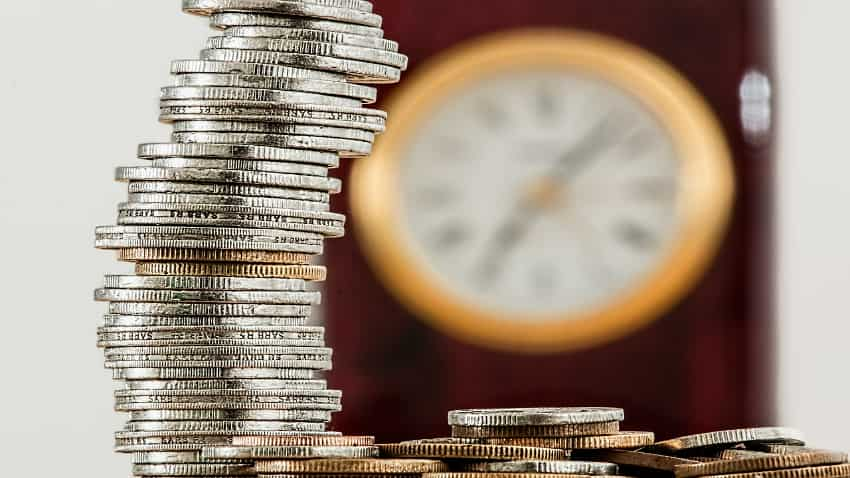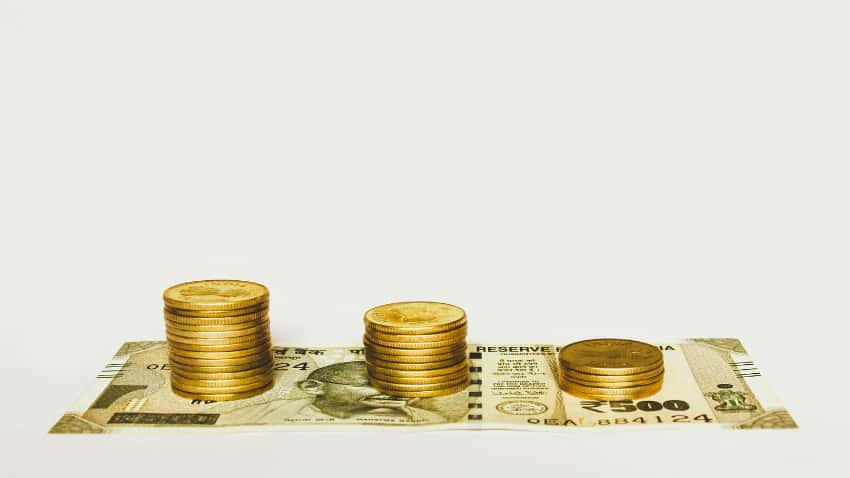Rs 10,000 SIP vs Rs 4,000 Step Up SIP: Which will give higher return in 10, 20, and 30-year time frame? Results may surprise you
Power of Compouding: Systematic Investment Plan (SIP) is the most popular method of investing in mutual funds in India, reveals AMFI's monthly data. Mutual fund investors can set up a fixed monthly investment amount through SIP, or they can opt for a step up SIP with an increase in their annual income. Such a strategy in the long term can bring magical results.
Compouding Returns: The 50:30:20 investment formula says that every person should invest at least 20 per cent of their monthly income. The formula for investment is that the return should be higher than inflation plus income tax on that income. For people depending on their monthly salary, the systematic investment plan (SIP) method of investing in mutual funds has become a popular way. In India, more people are investing through SIP than lump sum, monthly data from Association of Mutual Funds in India (AMFI) proves it time and again. But if we keep 20 per cent of the monthly income for investing, we should consider the fact that monthly income increases with time. Employees get increments, promotions, and change their jobs. With that, most likely, their income also increases. So, when we talk about SIP, investors can increase their percentage of investment with a rise in their income. For that, they can opt for step up SIP, where they can increase their SIP investment amount every year. Here, we take you through a comparison of returns from a Rs 10,000 monthly SIP and a Rs 4,000 monthly step up SIP investment for the long term, where there will be an annual increase of 10 per cent.
Photos: Unsplash/Pixabay
Calculation conditions
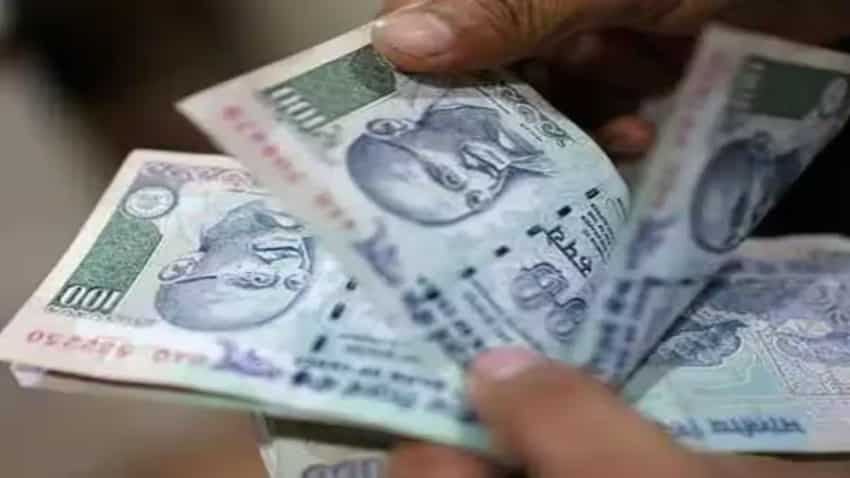
Calculation conditions

In the second set, we will calculate returns from Rs 4,000 monthly step up SIP investment, where we will increase the amount by 10 per cent every year. The annualised return will be 12 per cent and the investment duration will be 30 years. We will show you the break-up of calculations after every 10 years.
Rs 10,000 monthly SIP for 10 years
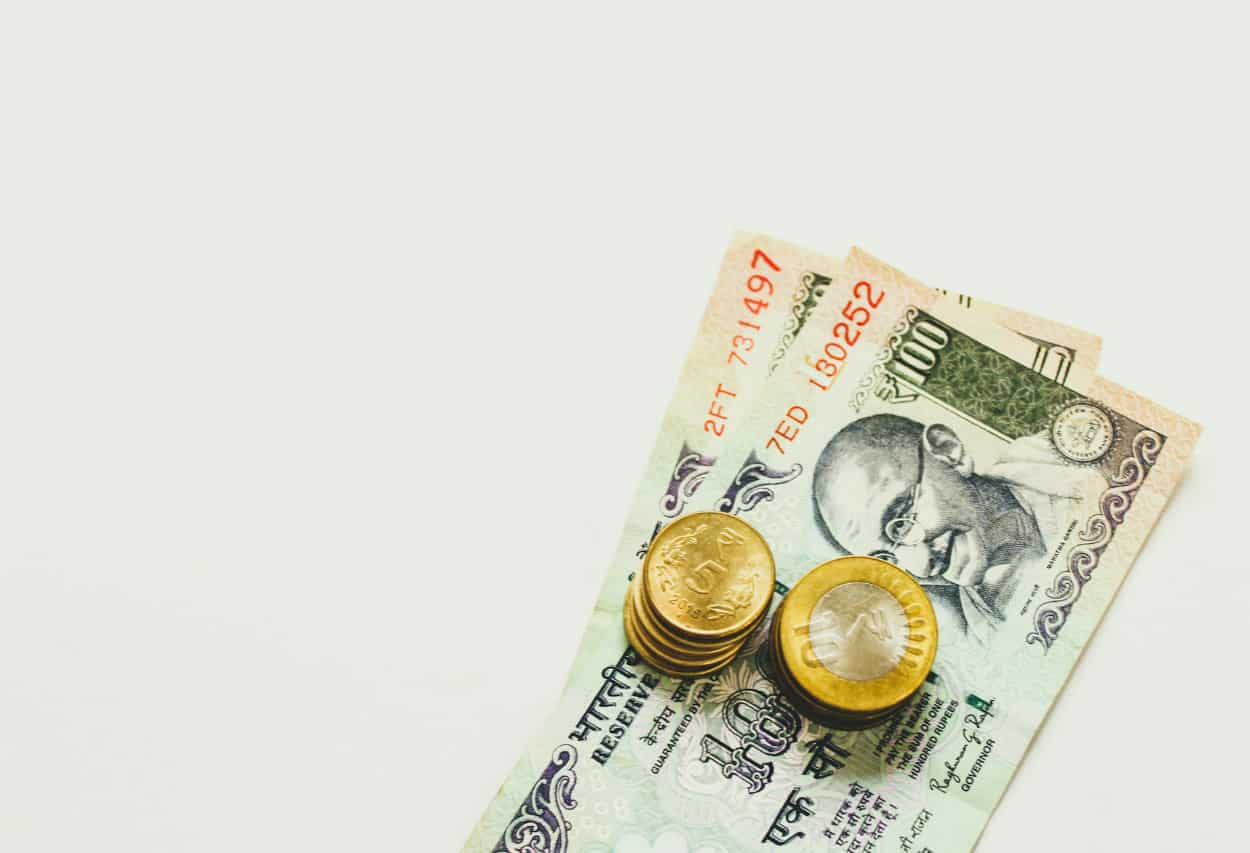
Rs 10,000 monthly SIP for 20 years
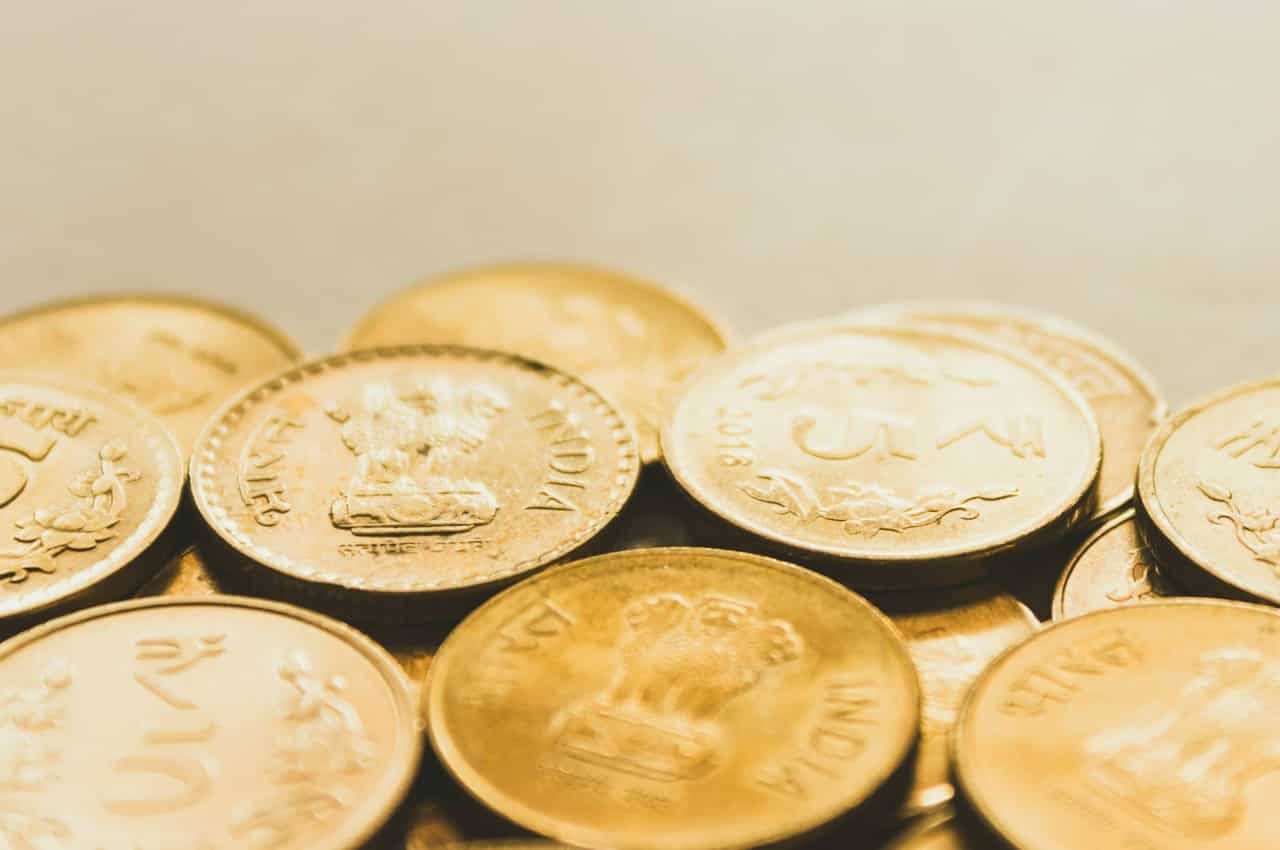
Rs 10,000 monthly SIP for 20 years
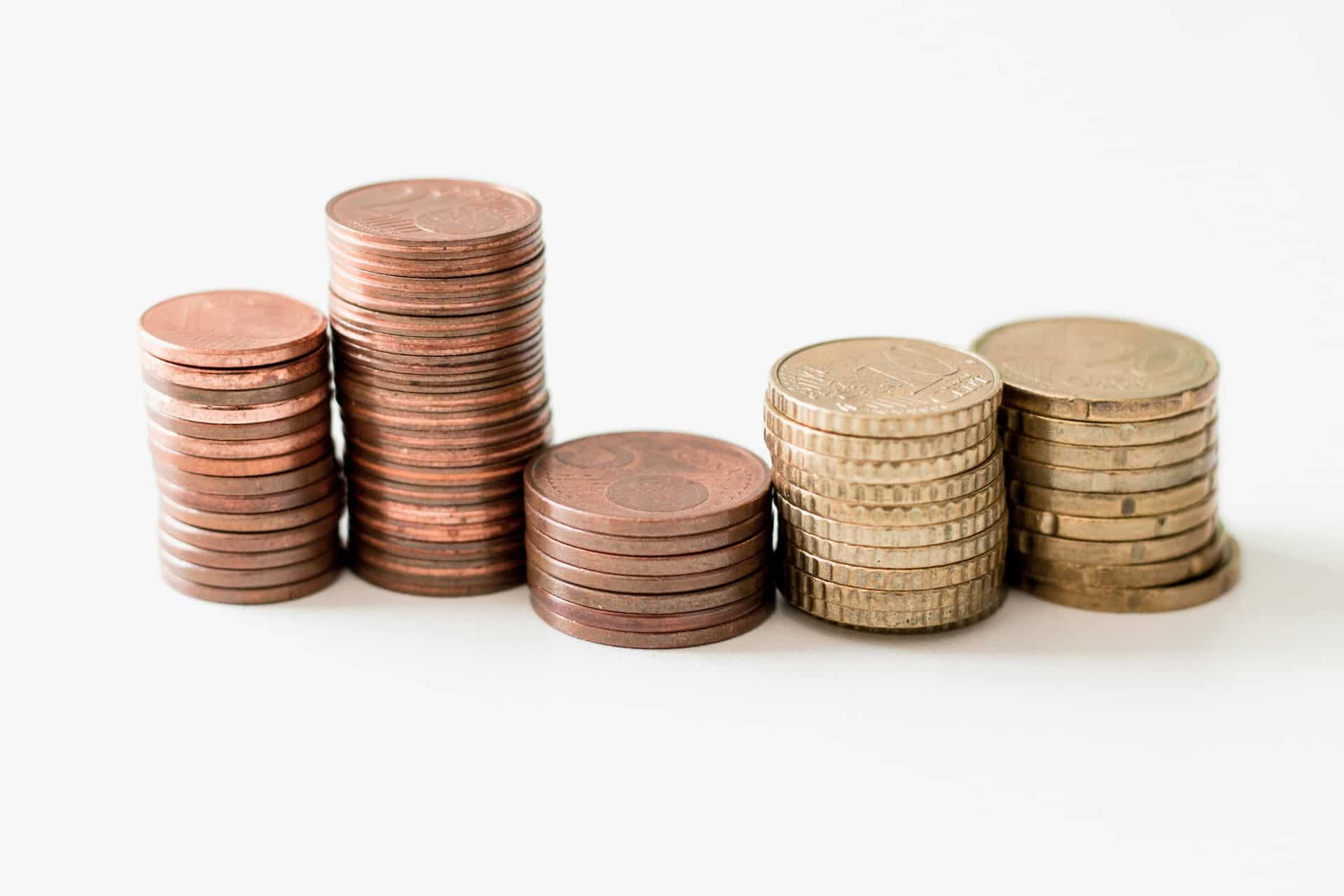
Rs 10,000 monthly SIP for 30 years
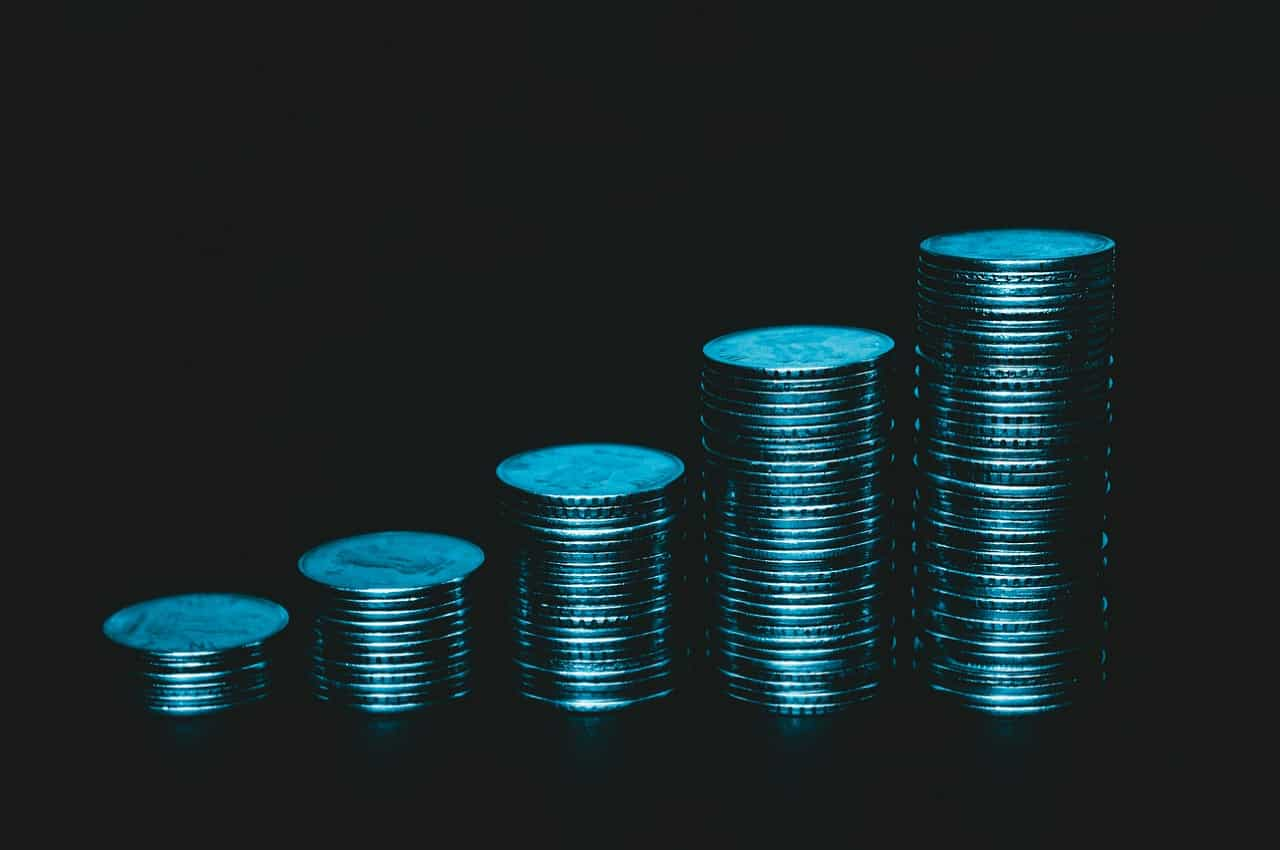
Rs 10,000 monthly SIP for 30 years

Rs 4,000 monthly step up SIP for 10 years

Rs 4,000 monthly step up SIP for 10 years
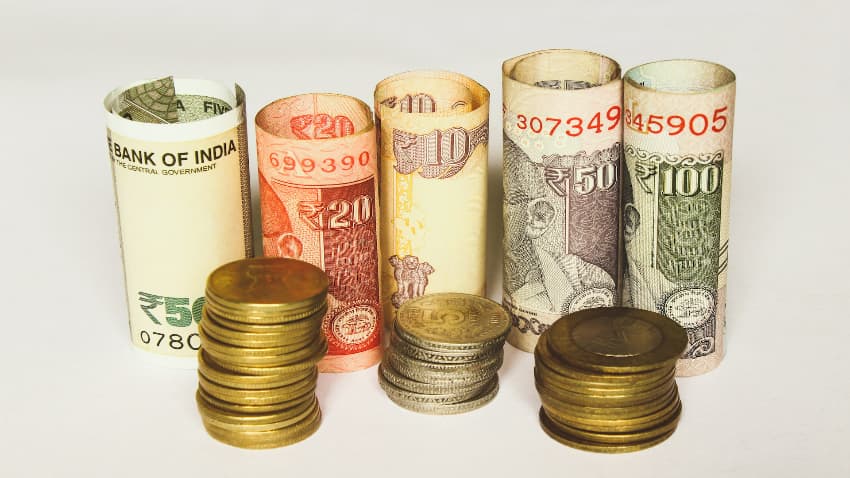
Rs 4,000 monthly step up SIP for 20 years
